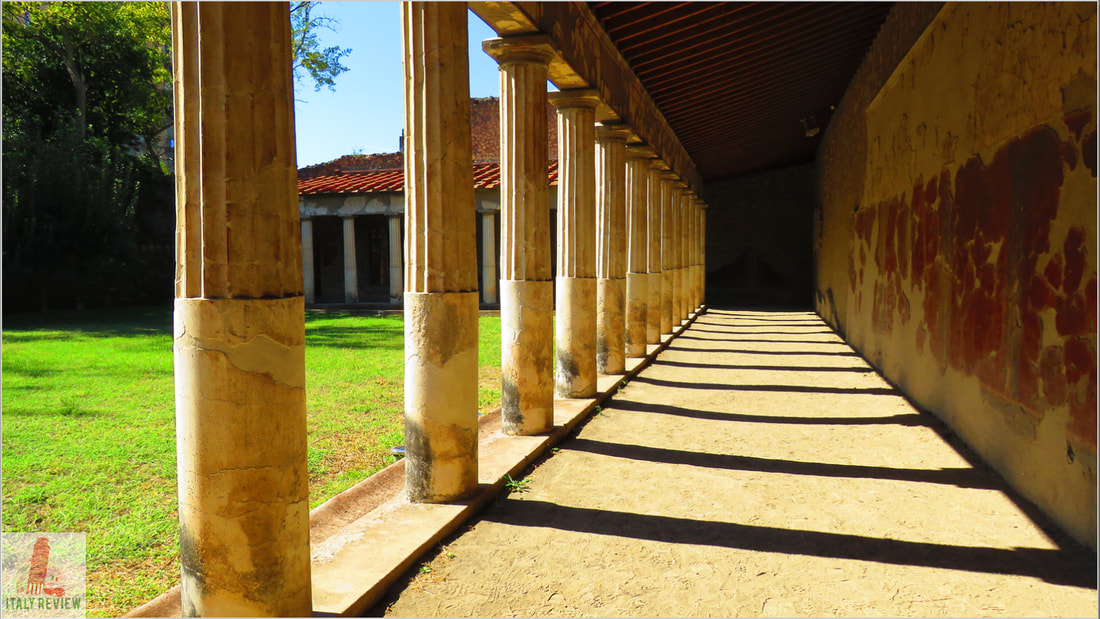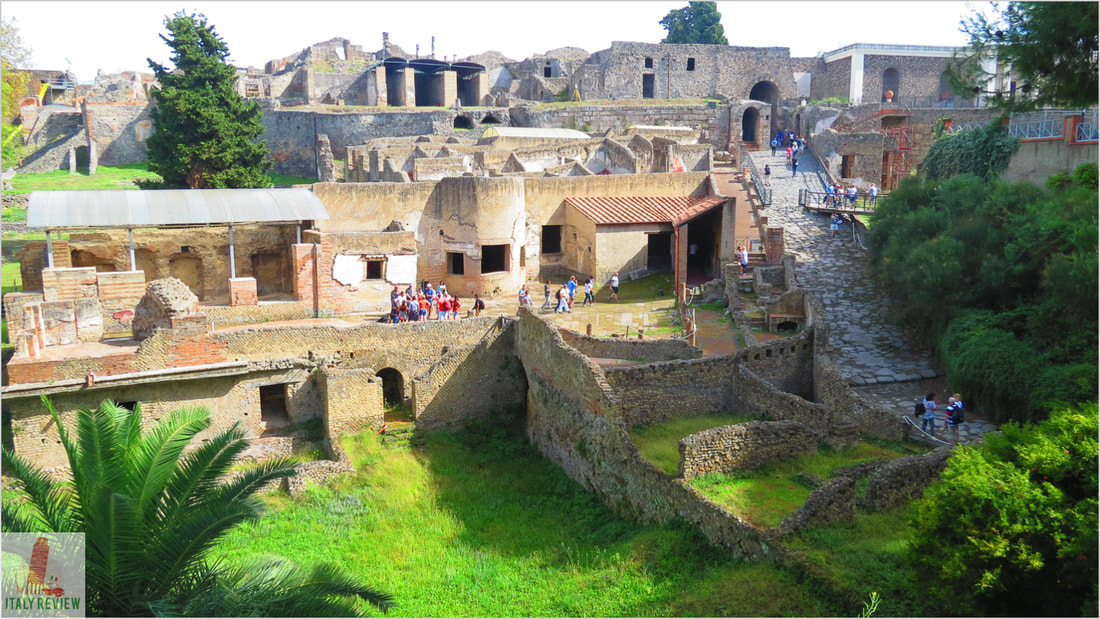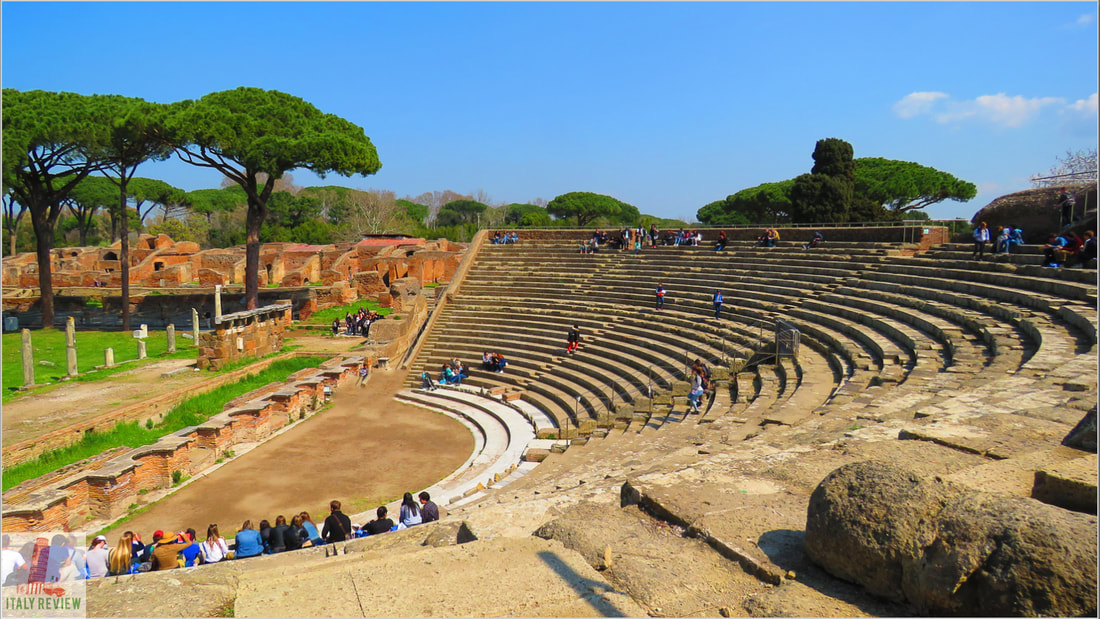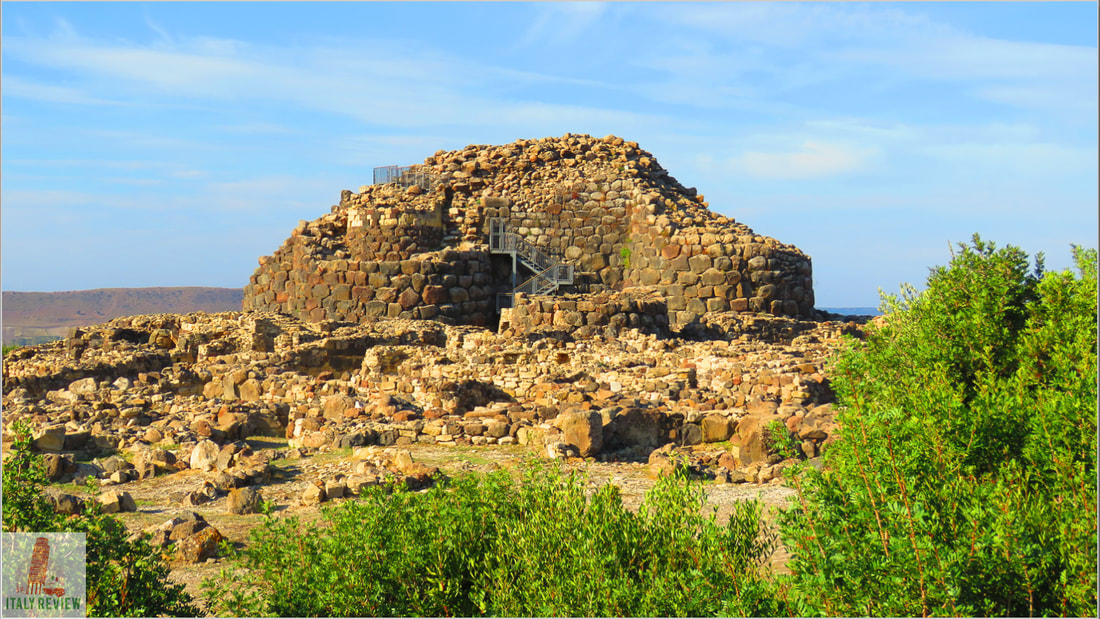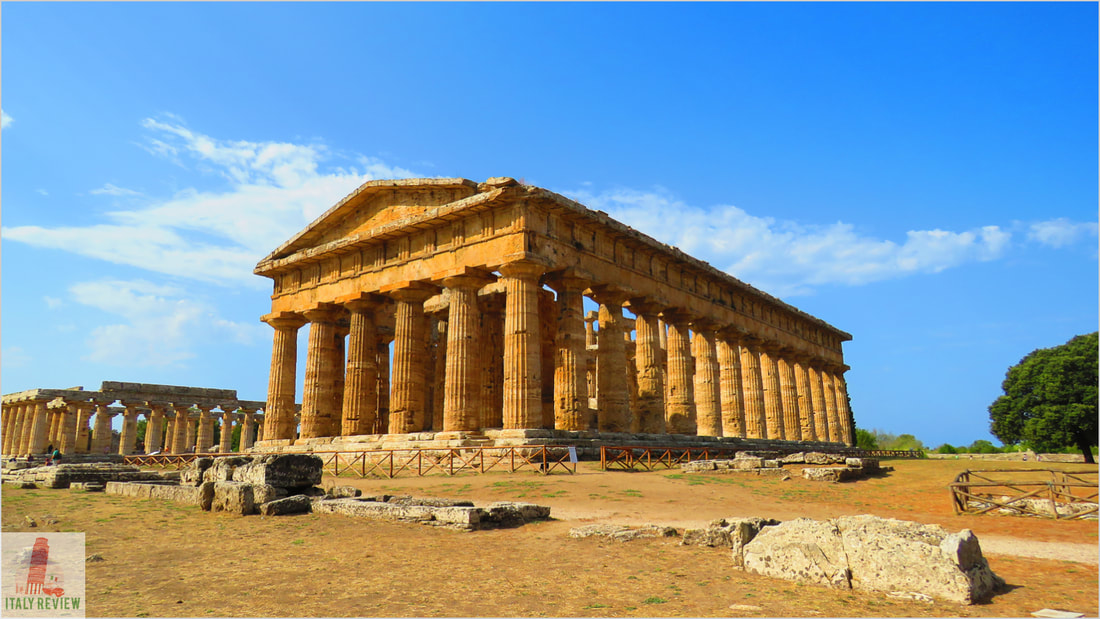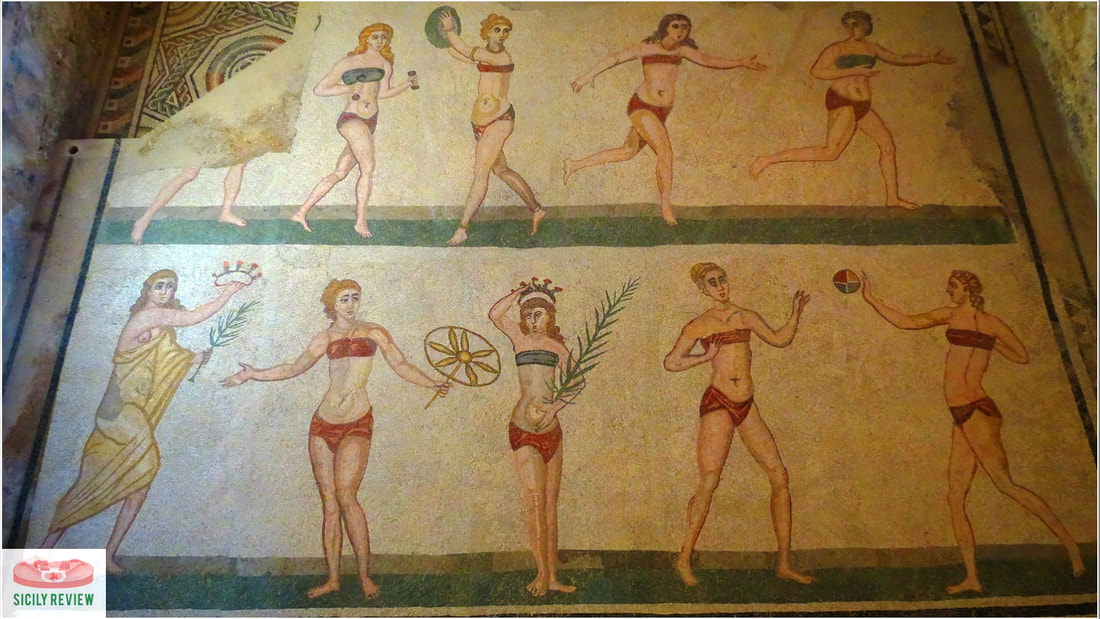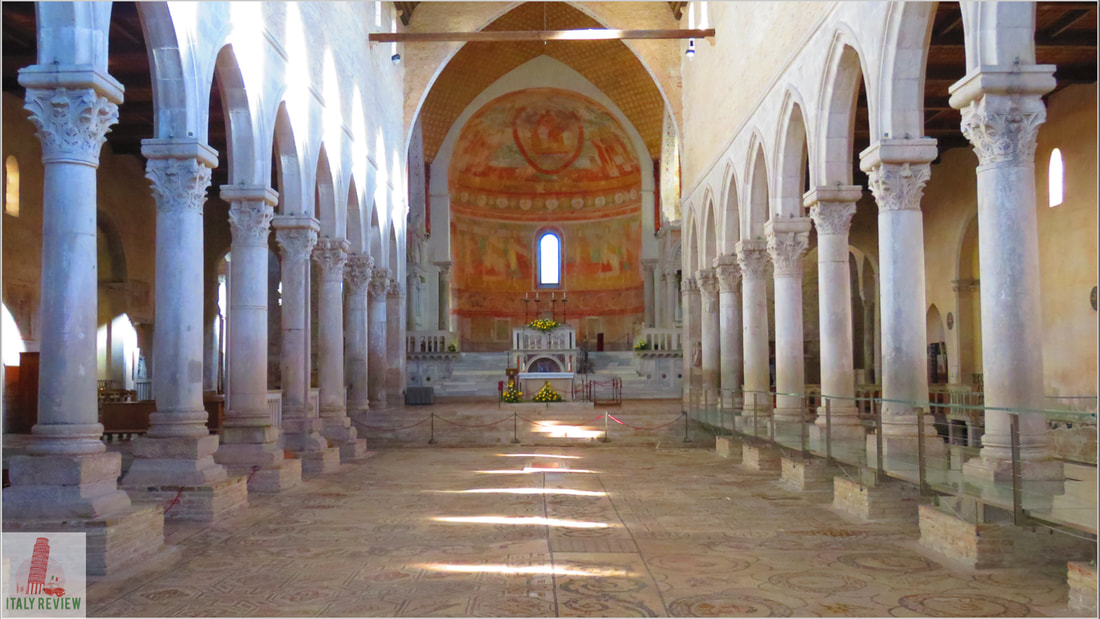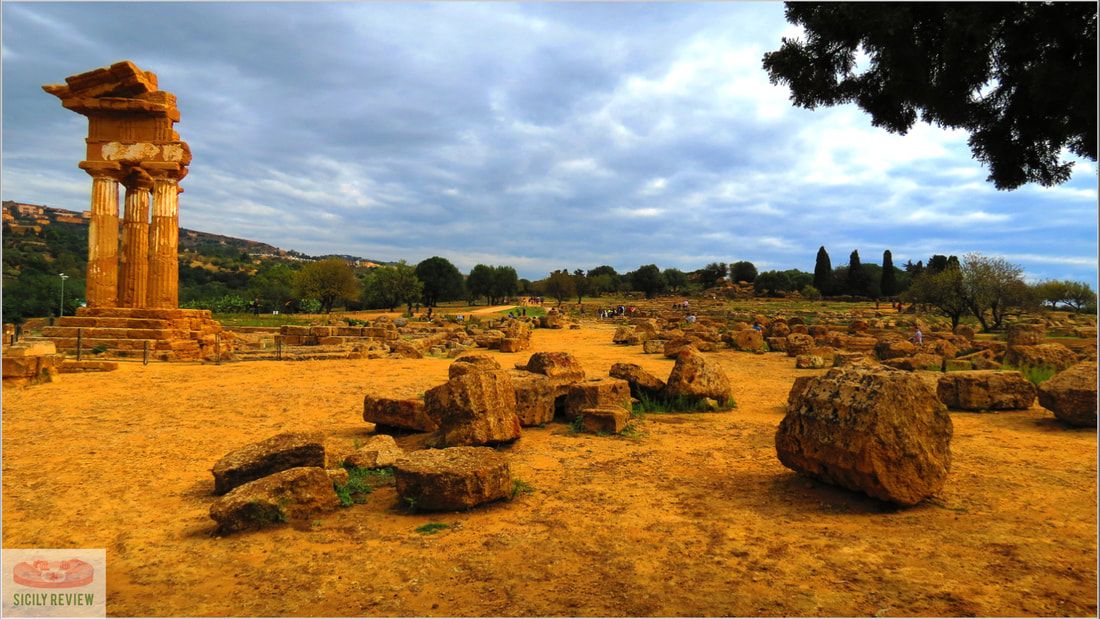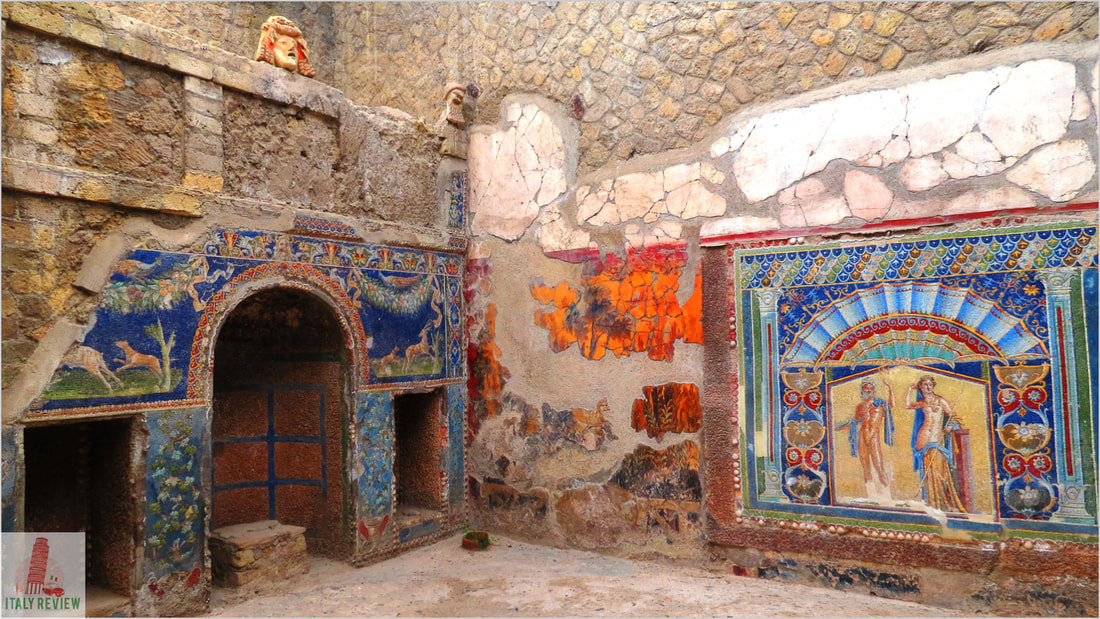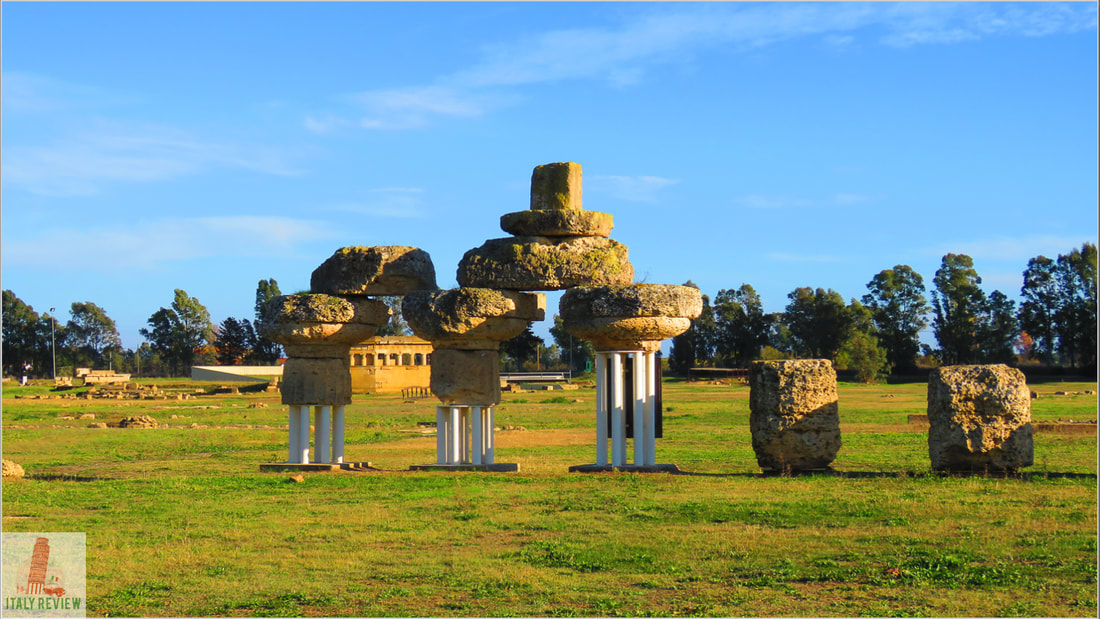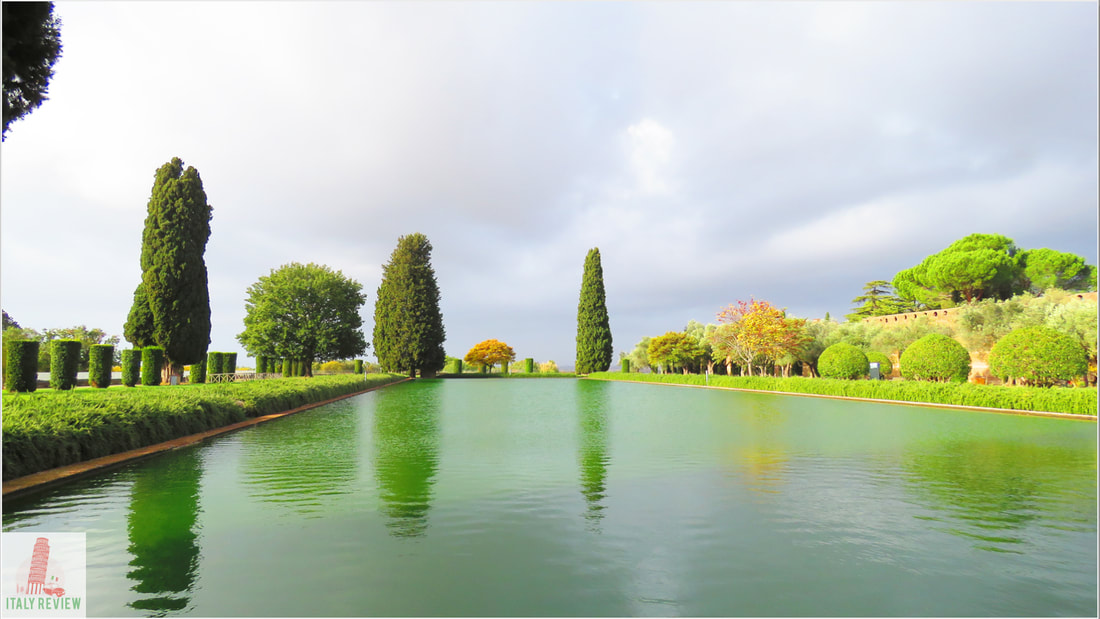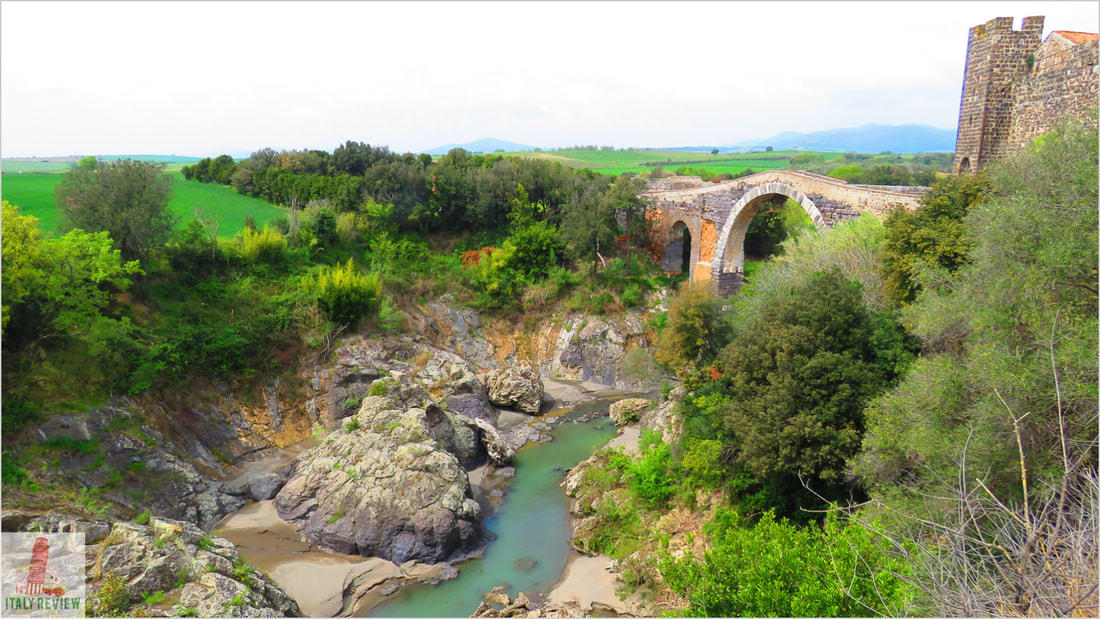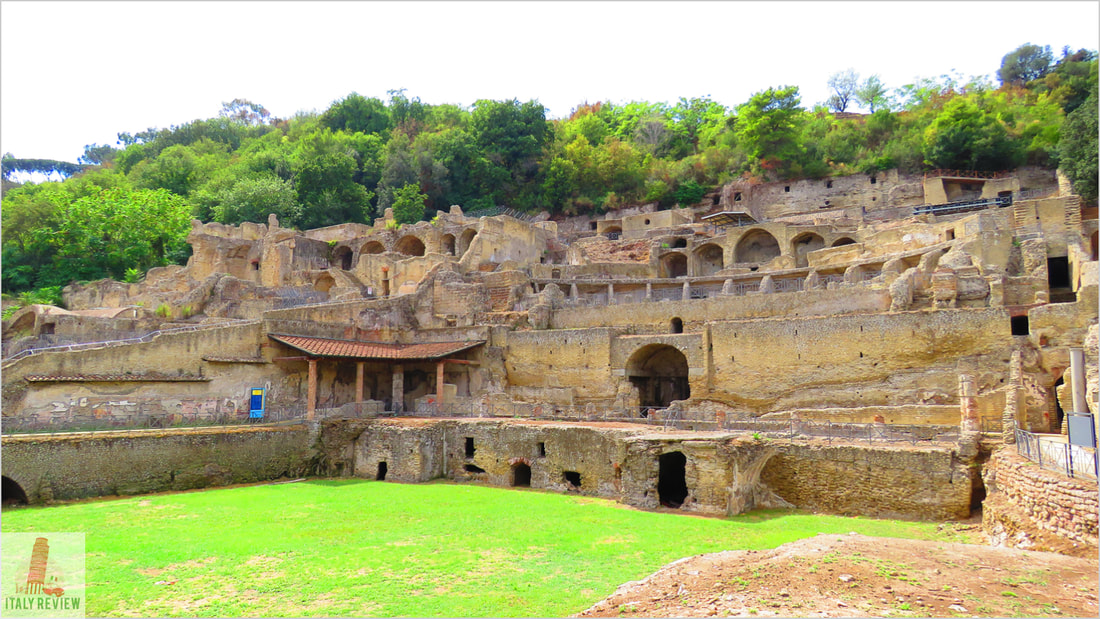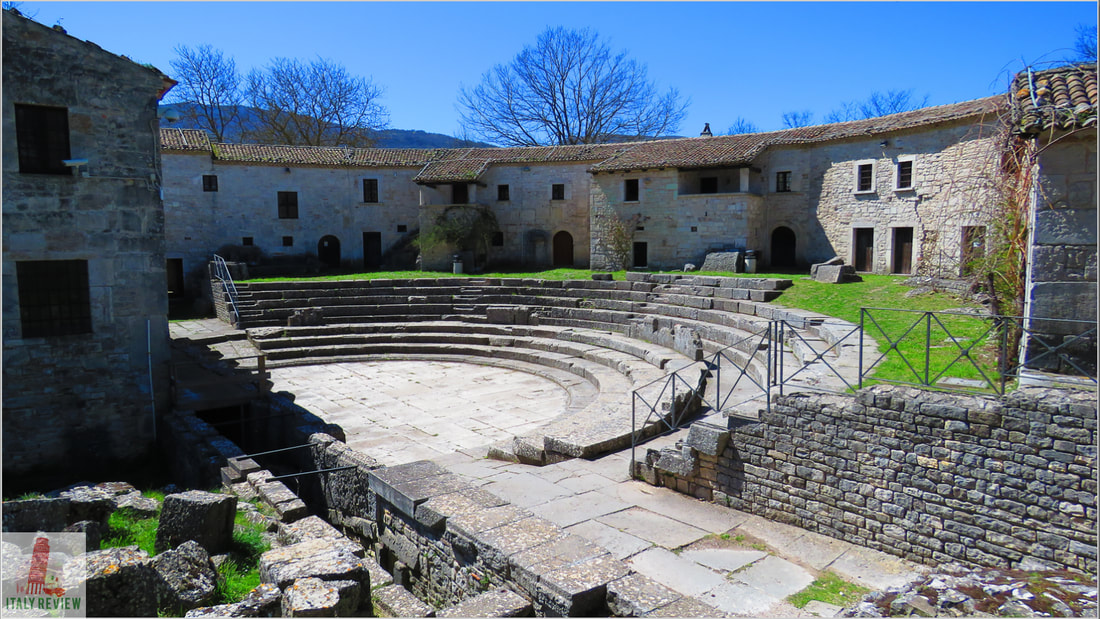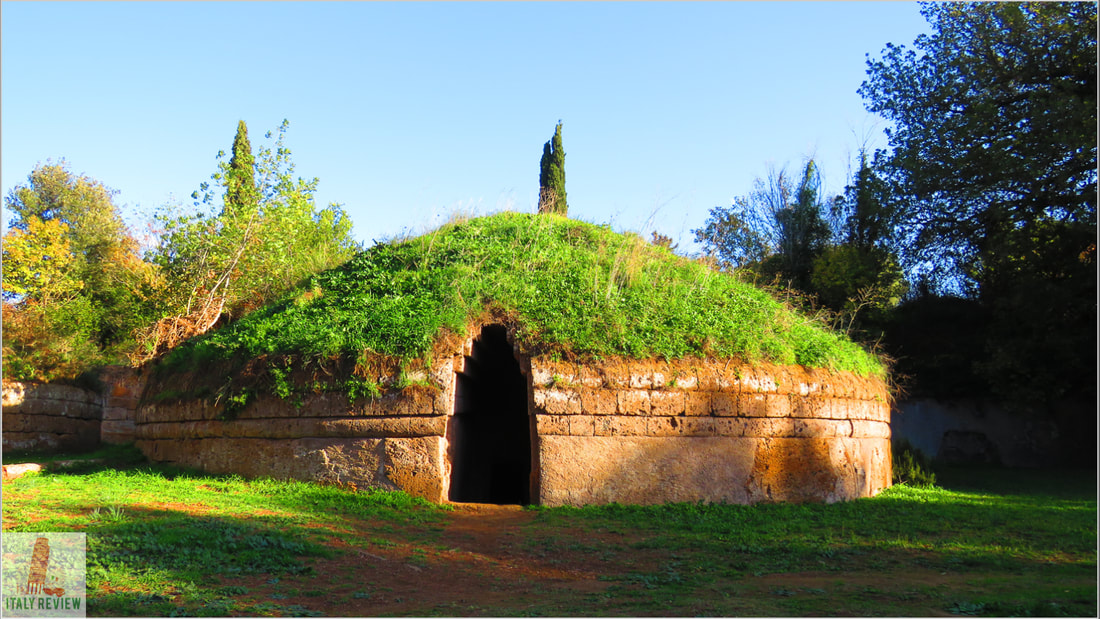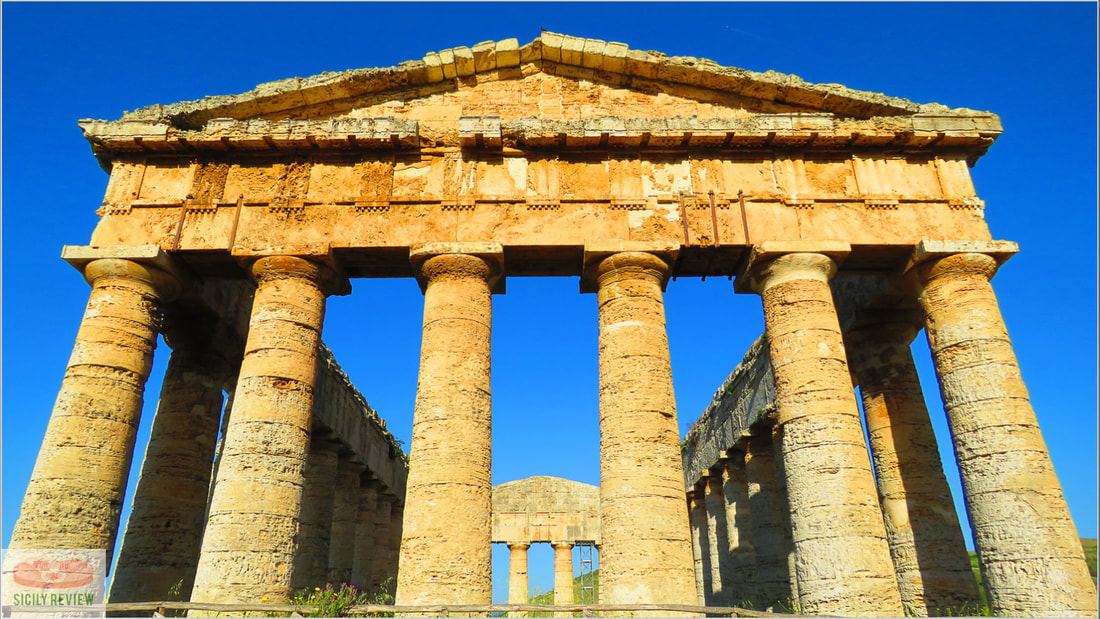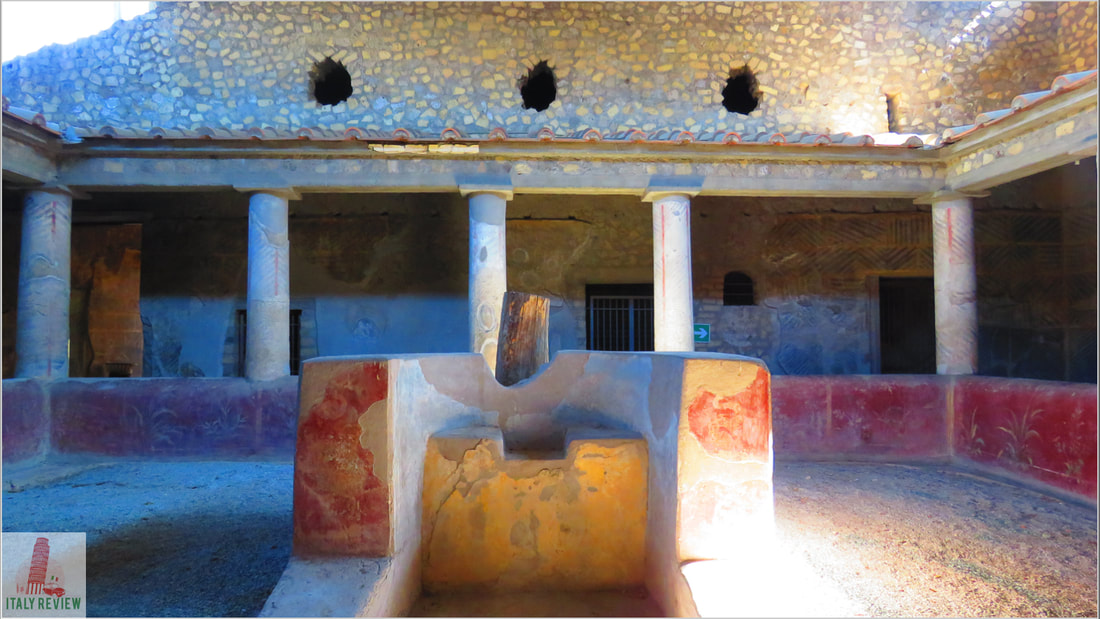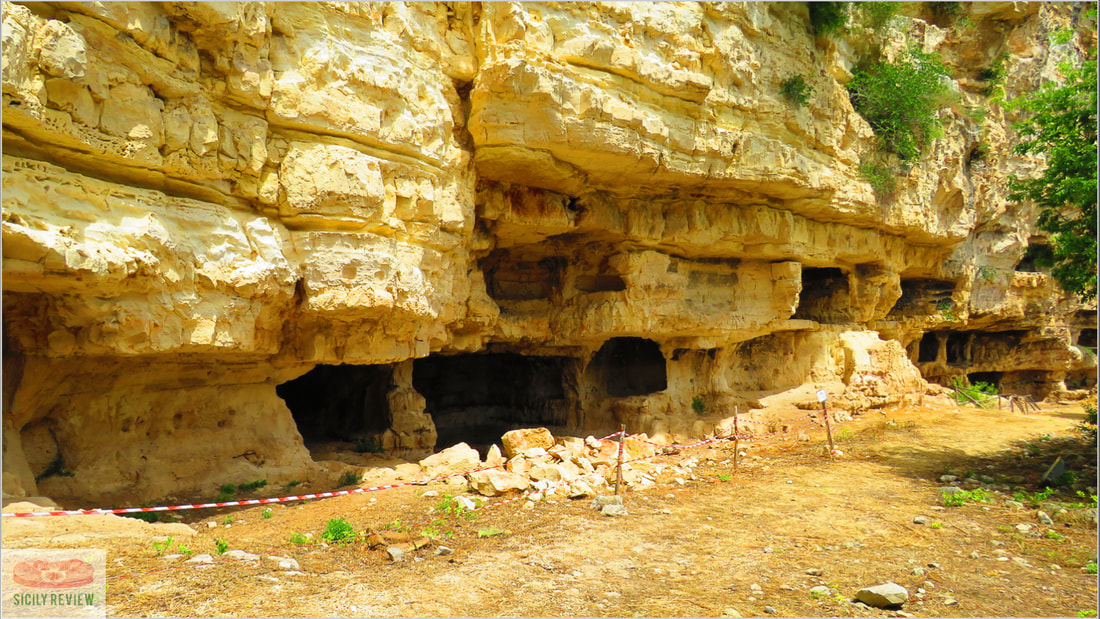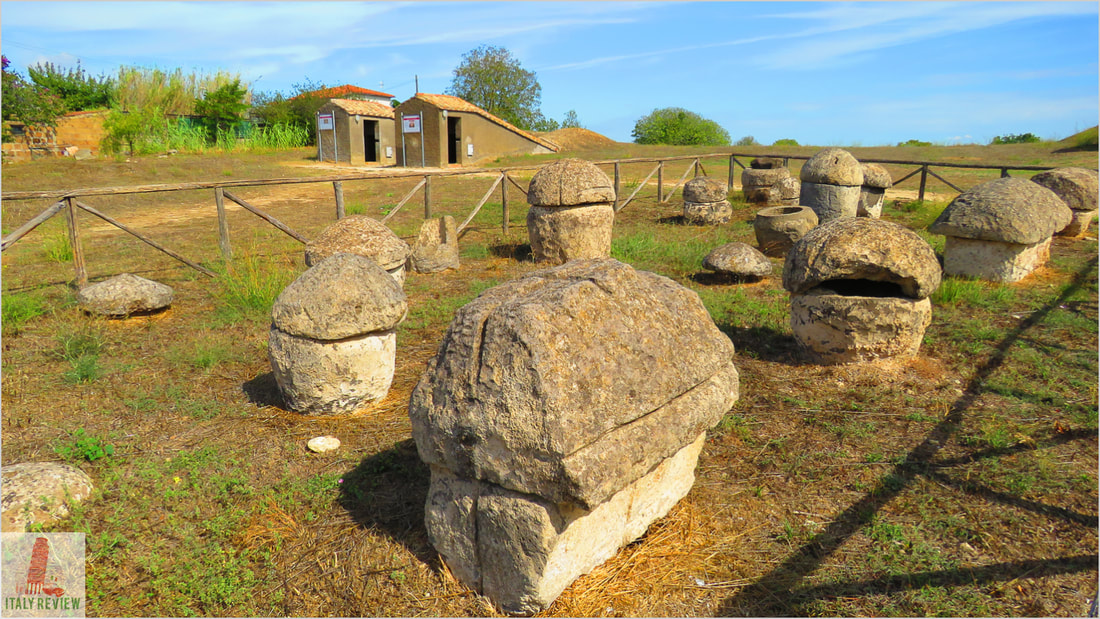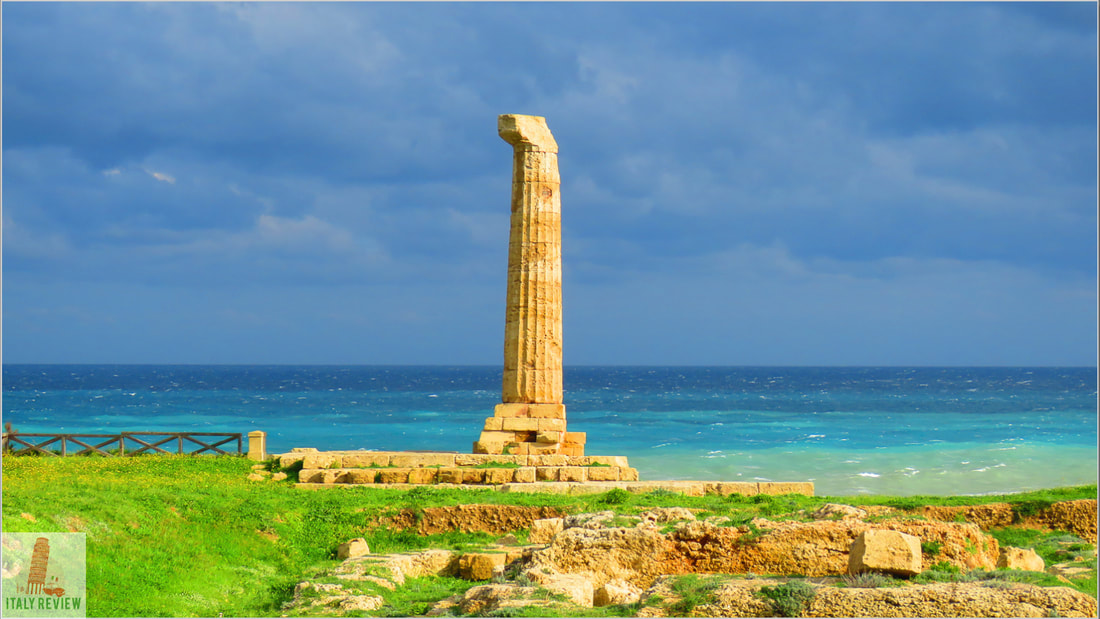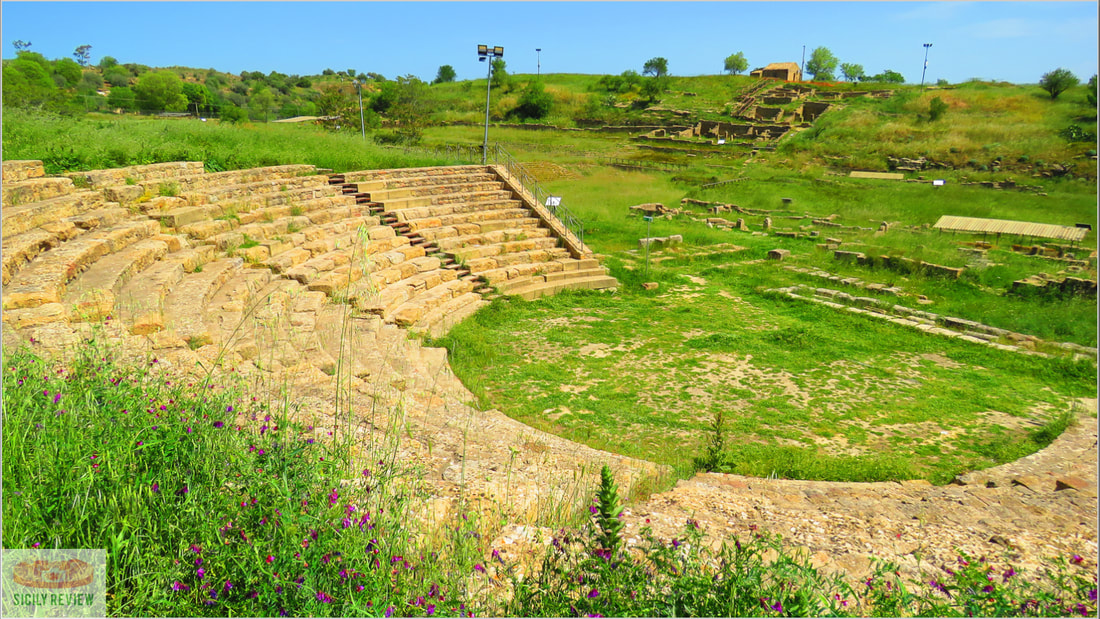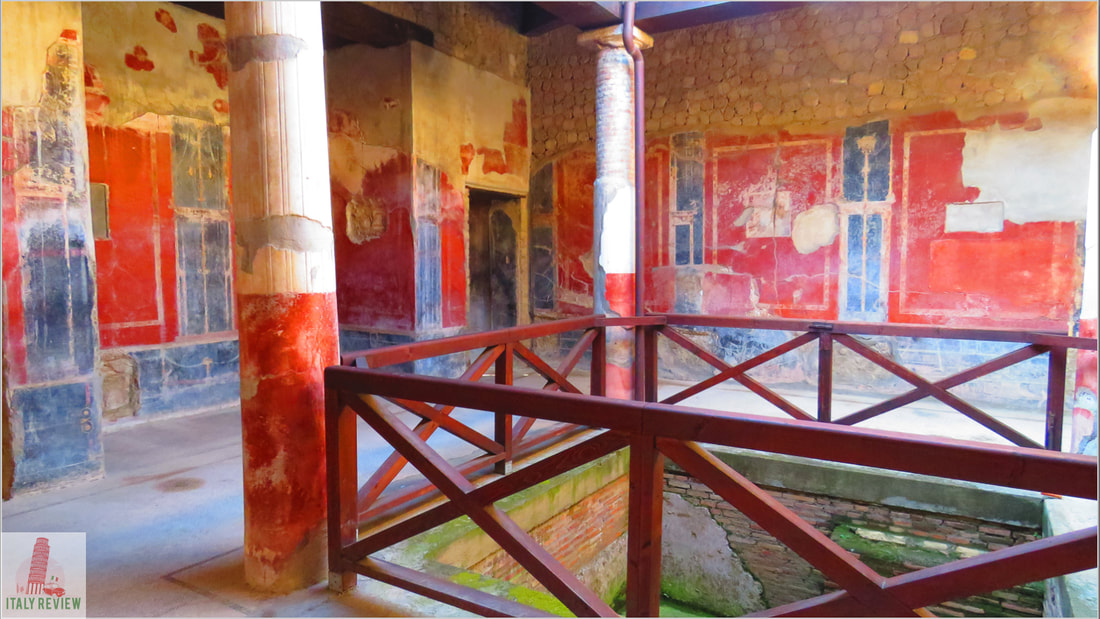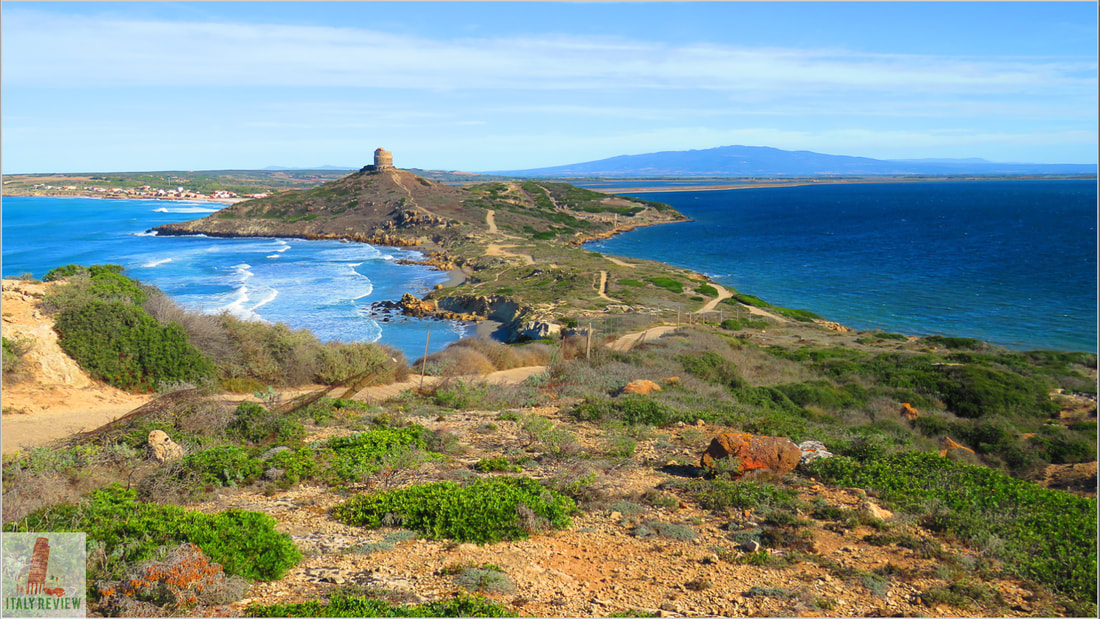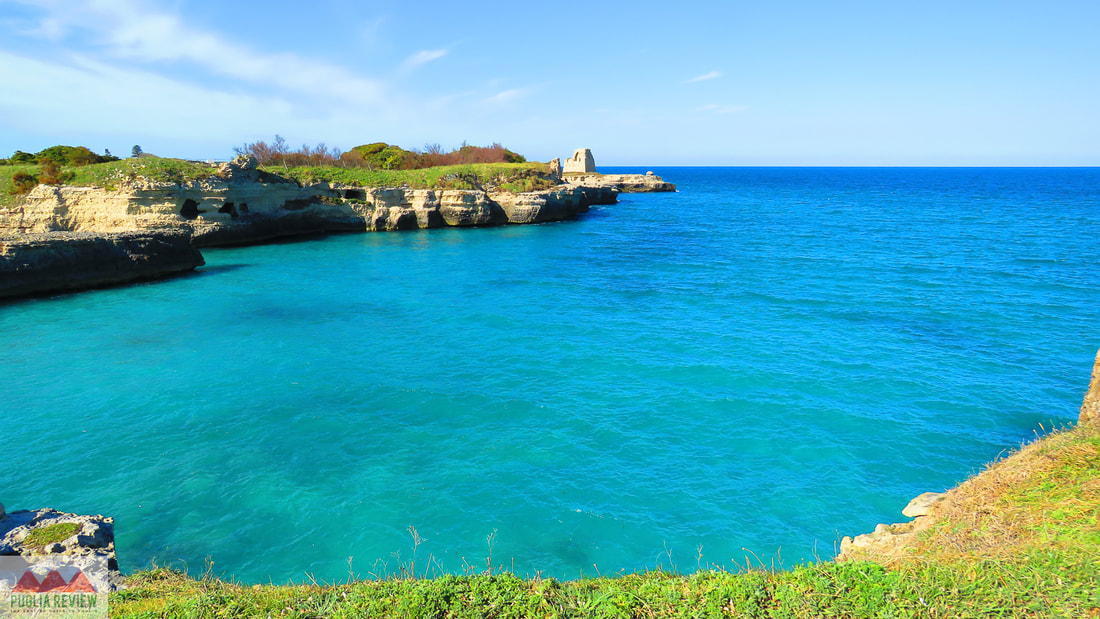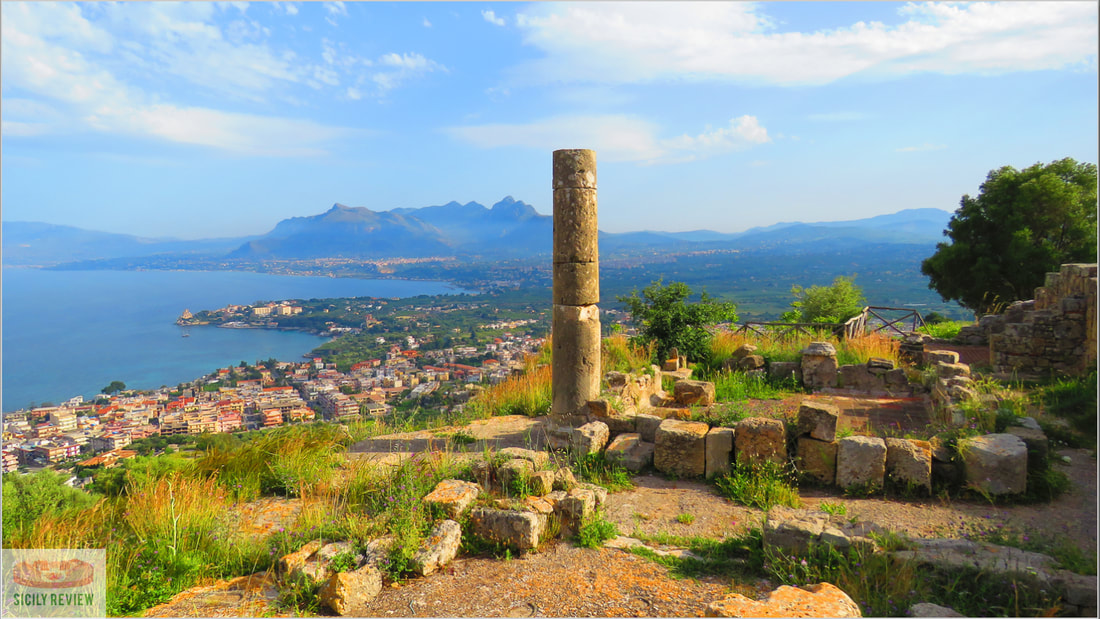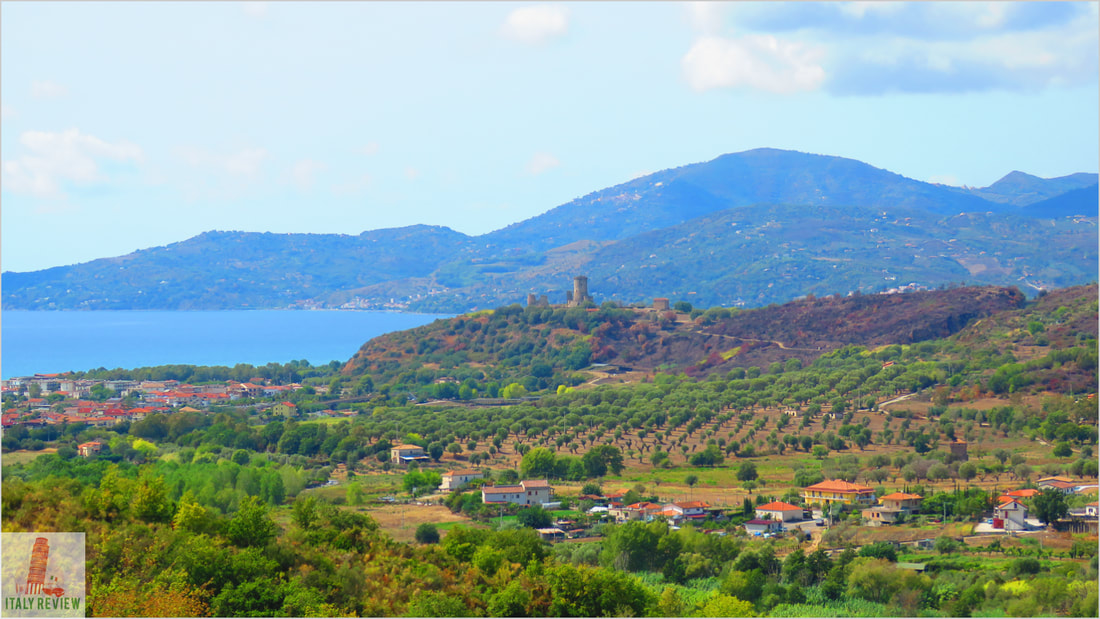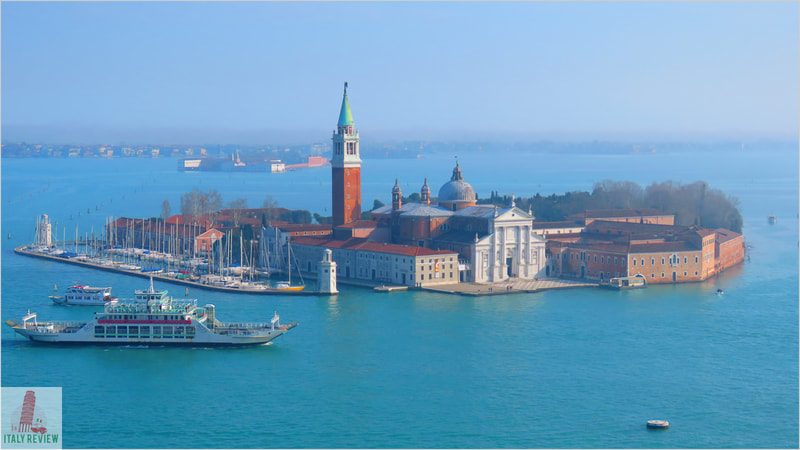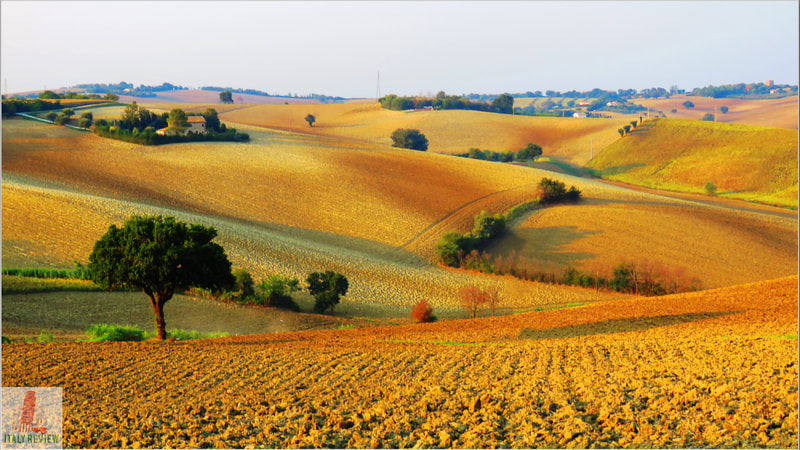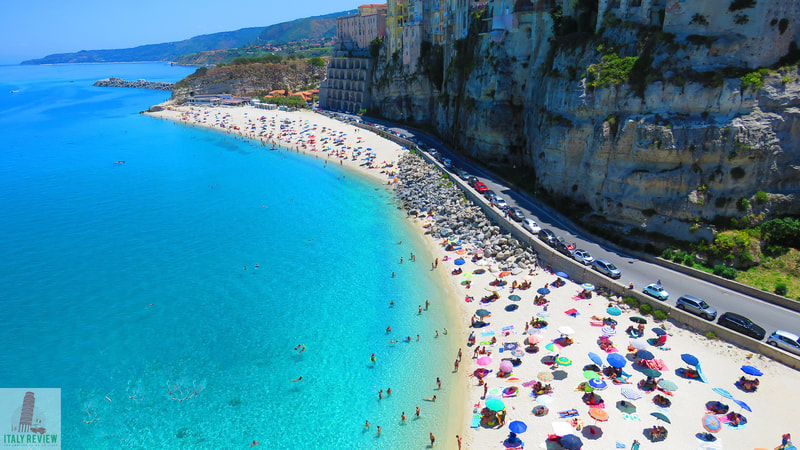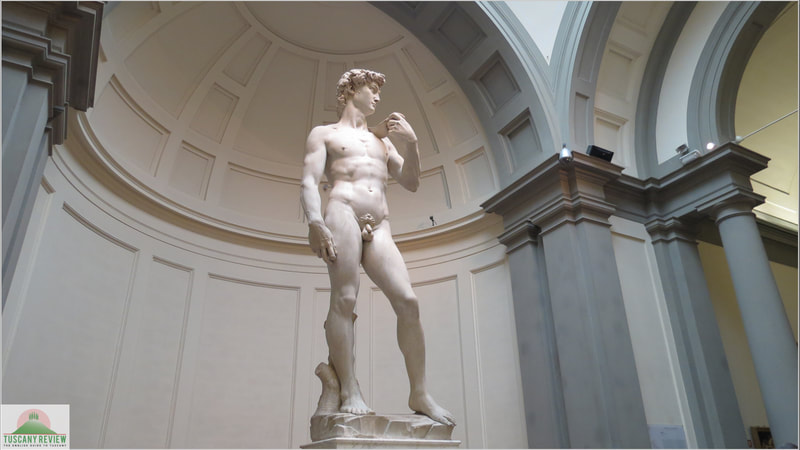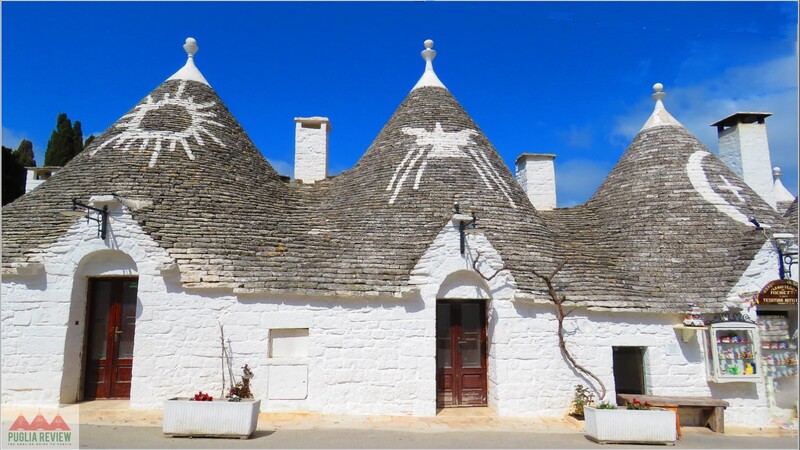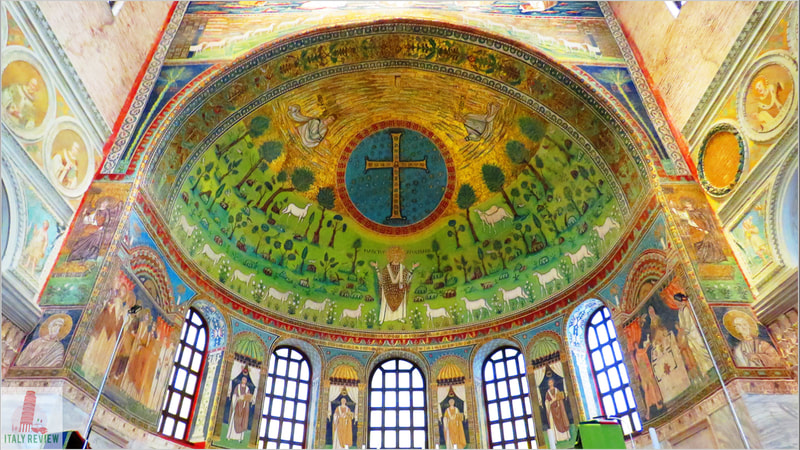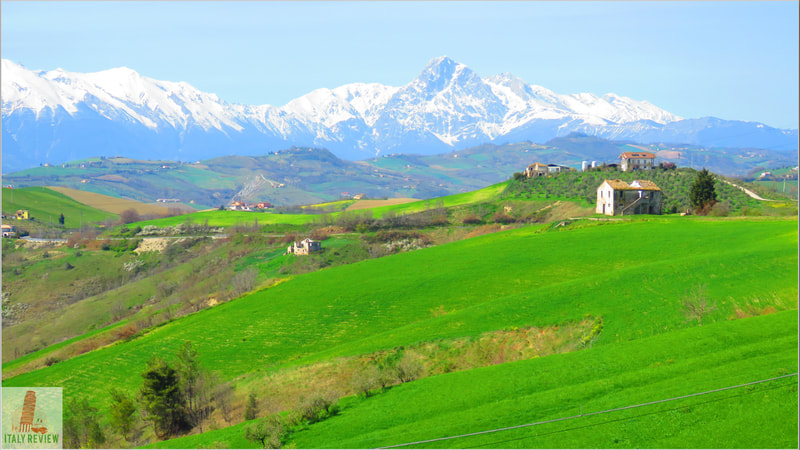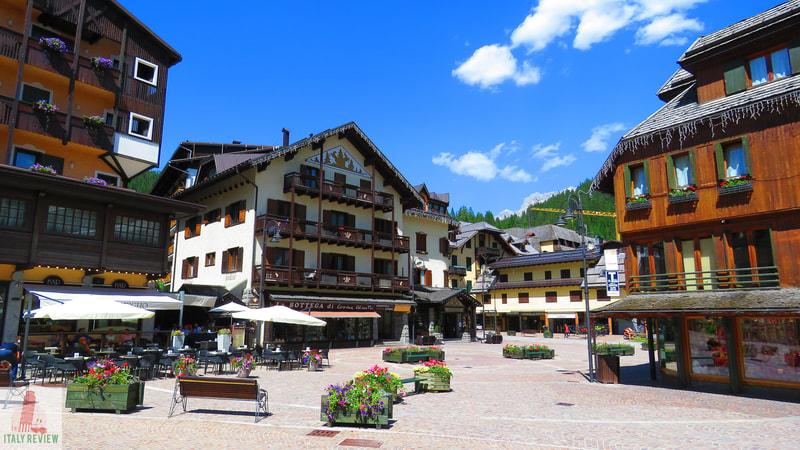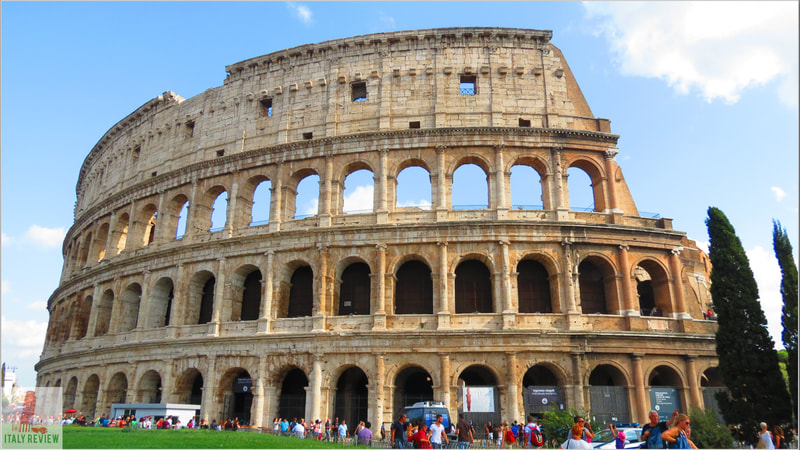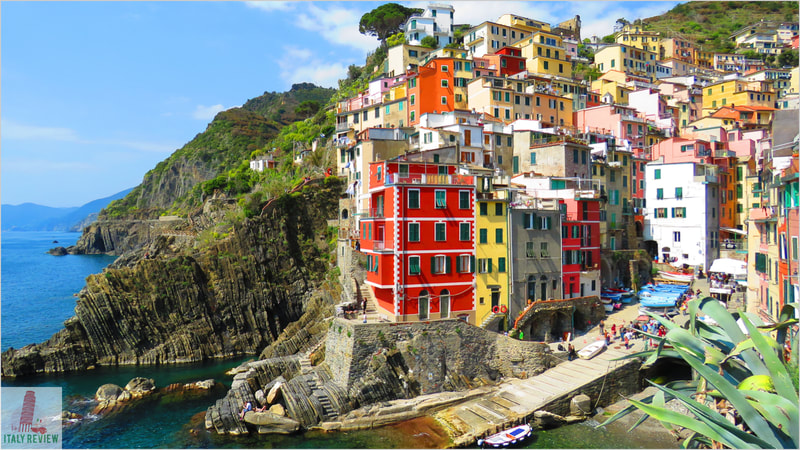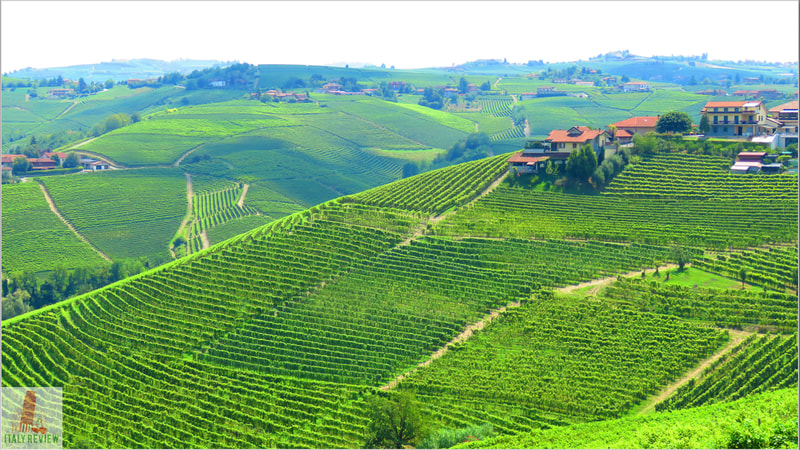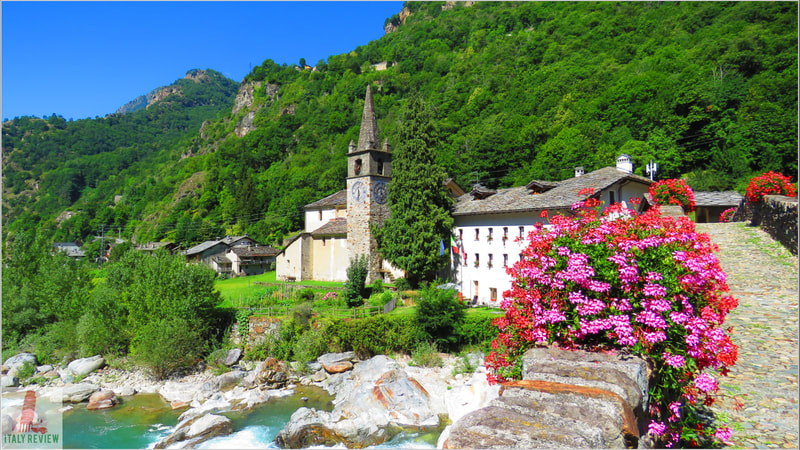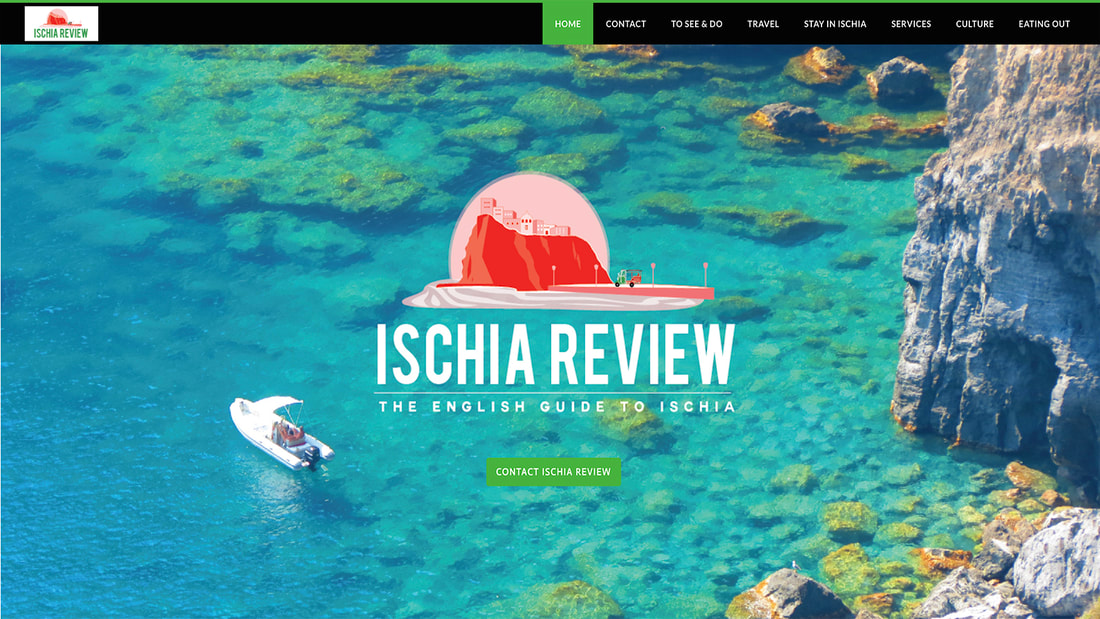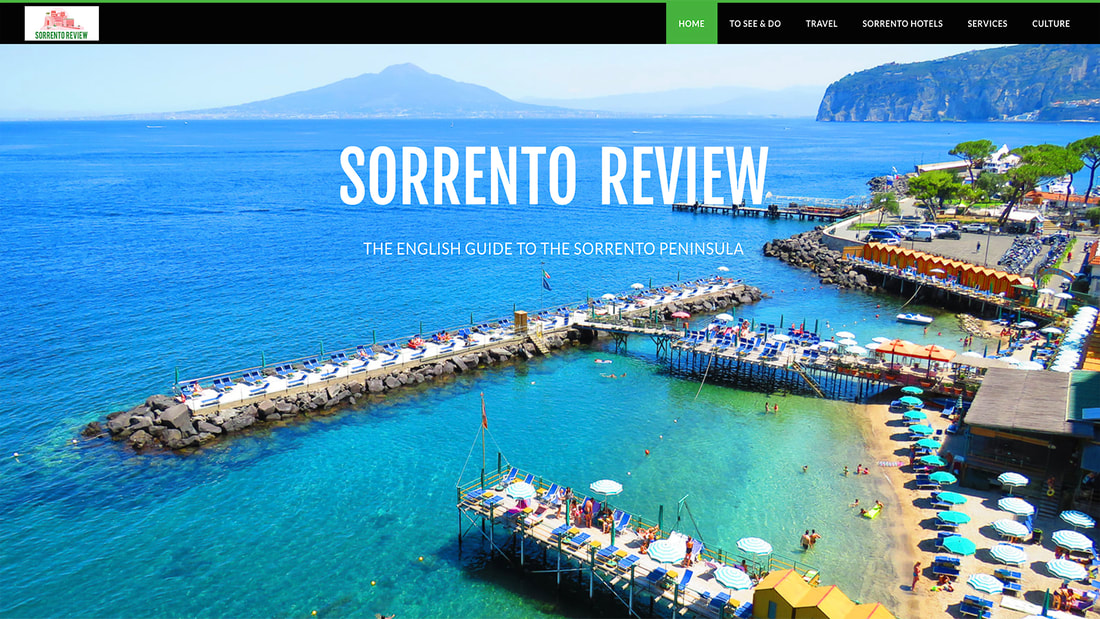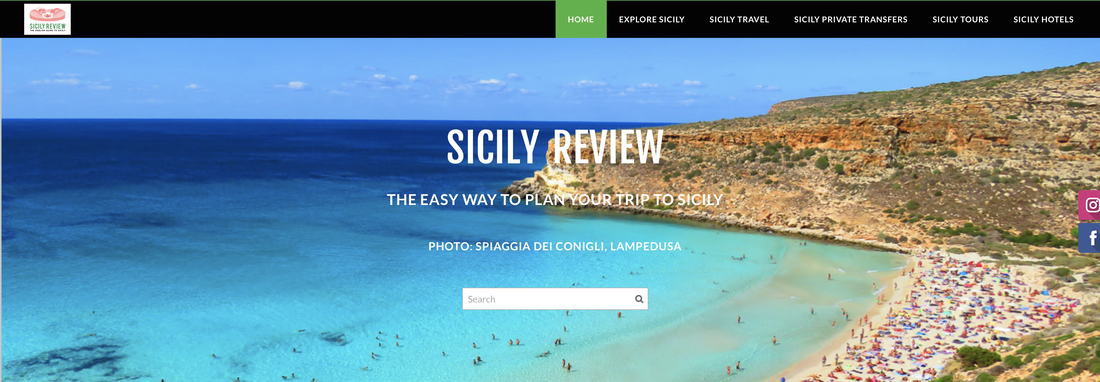Archaeological Sites of Italy
|
By Dion Protani
|
Latest update: 19 January 2024
|
|
The most famous Archaeological Sites of Italy help to tell the tale of the country's extraordinary history in a tangible form. Although Italy has only been a unified nation since 1861, the Italian Peninsula has a history that can be traced back through 3,500 years of civilisation.
Among the archeological sites listed below, the period of Roman rule features heavily with the likes of Pompeii just outside Naples and Ostia Antica the former port for the city of Rome, but we find something quite different at the nuraghe site in Sardinia called Su Nuraxi di Barumini. |
Related links
The Magna Graecia period has also left an enormous imprint of the southern Italian regions of Campania, Puglia, Basilicata, Calabria and Sicily with perhaps the most famous example coming in the form of the Greek temples of Paestum.
Each of the first four archaeological sites featured above is included in the UNESCO World Heritage List and the same can be said for the next three. Villa Romana del Casale in Sicily is famous for its mosaics of bikini girls while the town of Aquileia in the northern region of Friuli Venezia Giulia consists of ancient ruins as well as a magnificent basilica that was built later. The Valley of the Temples in Agrigento is another site that belongs to the Magna Graecia period while Nora in Sardinia combines elements of both Roman and Greek cultures.

